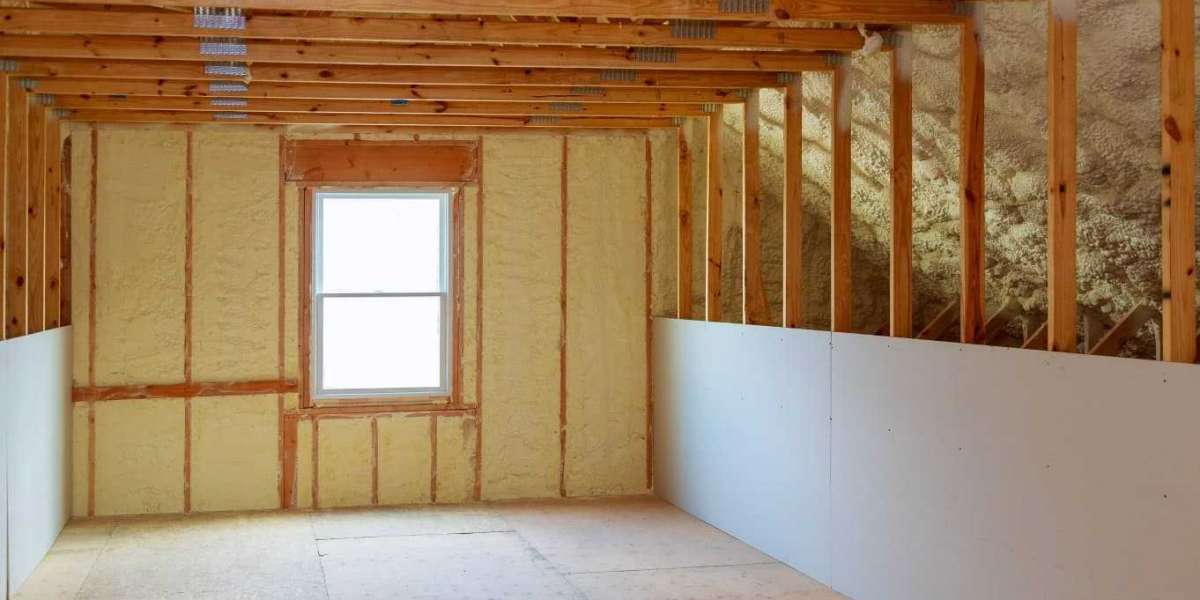Attic insulation directly reduces seasonal energy loss by creating a thermal barrier that minimizes heat transfer between your living space and the outside environment. In winter, insulation keeps heated air from escaping upward; in summer, it prevents external heat from penetrating downward. This leads to consistent indoor temperatures, lower heating and cooling demands, and reduced utility costs.
Proper insulation also reduces the strain on HVAC systems, extending their operational life and improving energy efficiency. This article offers in-depth, data-driven insights into how attic insulation works, which types are most effective, what technical factors matter, and how to make informed decisions for maximum energy performance.
How Attic Insulation Reduces Energy Loss
Insulation materials work by resisting heat flow. The attic, being the highest point in a building, is where most heat escapes during winter and where radiant heat builds up in summer. Attic insulation forms a resistance layer that blocks this energy exchange.
Energy Savings Performance
Season | Problem Without Insulation | How Insulation Helps | Estimated Energy Savings |
Winter | Warm air escapes upward | Retains interior heat | 15–25% on heating costs |
Summer | Radiant heat enters attic | Blocks heat transfer | 10–20% on cooling costs |

Bonus Tip: Combining attic insulation with air sealing provides even greater protection from seasonal energy loss.
Types of Attic Insulation
Each type of attic insulation offers unique thermal resistance, application methods, and cost profiles. The choice depends on climate, attic structure, and budget.
Comparison of Common Insulation Types
Type | R-Value per Inch | Best For | Installation Method | Cost ($/sq.ft) | Air Sealing Capability |
Fiberglass Batts | 2.9 – 3.8 | Accessible attics | Rolled out manually | 0.30 – 0.90 | Low |
Cellulose (Blown) | 3.2 – 3.8 | Irregular spaces, retrofits | Blown-in | 0.60 – 1.20 | Moderate |
Spray Foam (Closed) | 6.0 – 7.0 | Maximum air sealing, efficiency | Sprayed application | 1.00 – 3.00 | High |
Mineral Wool | 3.0 – 3.3 | Fire-resistant applications | Batts or blown | 0.60 – 1.10 | Low |
Bonus Tip: Use spray foam near attic penetrations (vents, pipes) for superior sealing before layering batts or cellulose for cost-effective coverage.
Technical Data on Insulation Efficiency
R-value measures thermal resistance — the higher the R-value, the better the insulation resists heat transfer. Local building codes typically specify minimum R-values based on climate zone.
Recommended R-Values by Climate Zone
Climate Zone | Recommended Attic R-Value | Typical Insulation Depth Required |
Zone 1–2 | R30 – R49 | 9 – 14 inches |
Zone 3–4 | R38 – R60 | 12 – 20 inches |
Zone 5–8 | R49 – R60 | 16 – 20 inches |
Source: U.S. Department of Energy
Bonus Tip: Always measure insulation depth after settling; cellulose tends to compress over time and may require topping off.
Things to Consider Before Making a Decision
1. Climate and Regional Requirements
Insulation needs vary by region. Cold climates require higher R-values to reduce heat loss, while hot regions benefit from radiant barrier and vapor control.
2. Existing Attic Conditions
Inspect for moisture, pests, and air leaks. These issues must be resolved before adding insulation to avoid trapping moisture or worsening ventilation.
3. Attic Accessibility
Tight or irregular attics are better suited for blown-in or spray foam solutions due to their flexibility in coverage.
4. Long-Term Efficiency vs. Upfront Cost
Closed-cell spray foam offers superior insulation but costs more initially. Over time, energy savings may offset the upfront investment, especially in extreme climates.
5. Ventilation and Moisture Control
Insulation must not obstruct attic ventilation. Ensure soffit and ridge vents remain clear, and install vapor barriers where necessary.
Common Questions
Does insulation lose effectiveness over time?
Yes. Settling, moisture intrusion, or compression can reduce R-value. Regular inspection ensures insulation remains effective.
Should old insulation be removed before adding new?
Only if the existing material is wet, moldy, or heavily deteriorated. Otherwise, additional layers can be added directly over older insulation.
Is insulation fireproof?
No insulation is completely fireproof. However, mineral wool offers high fire resistance and is often used where fire safety is a priority.
What are the signs of poor attic insulation?
Uneven indoor temperatures, high energy bills, and ice dams in winter are key indicators of under-insulated attics.
How long does insulation last?
Most insulation lasts 20–30 years with proper maintenance. Spray foam may last longer due to its sealing and moisture-resistant properties.
Attic Insulation Market Trends
- According to the North American Insulation Manufacturers Association (NAIMA), over 90% of U.S. homes are under-insulated, representing a significant opportunity for energy savings.
- Market research from Statista shows that spray foam insulation demand grew by 6.5% CAGR from 2018–2023, driven by energy efficiency regulations.
Attic Insulation FAQ
What is the best insulation for reducing energy loss year-round?
Closed-cell spray foam provides the highest R-value per inch and air sealing in one product, ideal for comprehensive year-round performance.
Can attic insulation reduce HVAC wear?
Yes. Consistent indoor temperatures reduce heating and cooling cycles, prolonging system life and reducing maintenance costs.
Is DIY attic insulation recommended?
DIY is feasible for batts or loose-fill in open attics, but spray foam requires professional installation due to chemical handling and even coverage requirements.
How often should attic insulation be checked?
Check insulation every 3–5 years or after major weather events to ensure performance and detect moisture or pest damage early.
Does attic insulation affect indoor air quality?
Yes. Proper insulation combined with air sealing reduces dust and allergens from attic air infiltrating living spaces.
Make the Right Decision
Attic insulation is a critical component of a home’s energy efficiency strategy. It reduces seasonal energy loss by forming a thermal barrier that stabilizes indoor temperatures. The most effective insulation solutions match your home’s structure, regional climate, and performance needs.
Evaluate current insulation, determine target R-values, and compare material types for the best long-term results. Strategic upgrades in attic insulation deliver measurable energy savings, improved comfort, and lower utility bills year-round.







